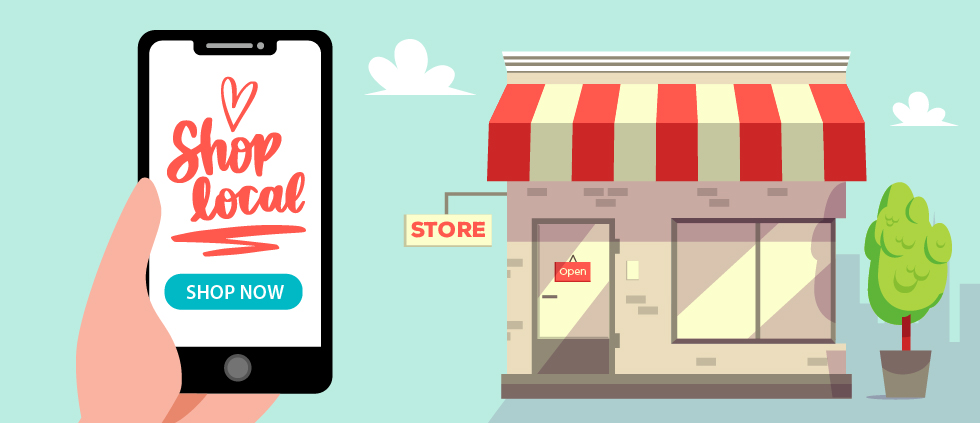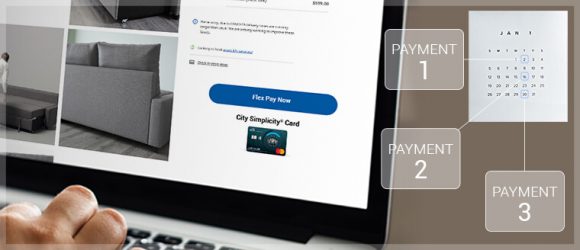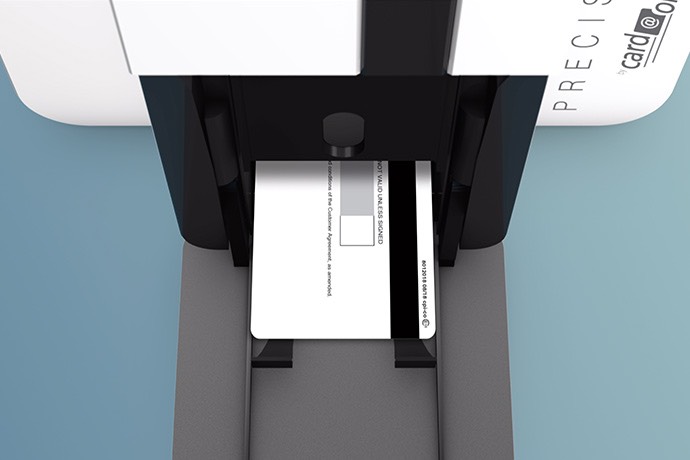7 Ways Payments Marketing Can Help SMBs Adjust to New Consumer Habits

Based on findings from PYMNTS, we recently shared an outlook on digital payments: “What Consumers’ Digital-First Habits Mean for Merchants and Card Issuers.” To bring the story full-circle, we now turn to consumer insights and behaviors about shopping at small and medium sized business (SMBs) with less than 10M USD in annual revenue.
As we have seen and as PYMNTS’ research concludes, the majority of consumers intend to maintain digital shopping practices adopted since the pandemic began. A deeper-dive into these behaviors – and the motivation behind them – uncovers insights and challenges facing SMBs. We’ll take the findings further by identifying ways payment providers can support SMBs with these challenges and more effectively market payments to consumers. But first, the insights!
Highlights from the PYMNTS Global Digital Shopping Index (United States)
Large retailers have an edge.
- They offer superior digital services (mobile ordering, curbside pick-up, click and collect).
- Satisfaction levels are higher for large merchants – 99.4% satisfaction rating versus 74.7% for SMBs. A key component of the PYMNTS Satisfaction Index links consumer satisfaction to the level of digital services consumers can access.
But “size is not destiny,” points out PYMNTS.
- Although large business have a definite edge, as most operate primarily online or with a significant online presence, those SMBs with an omnichannel business model can score higher.
- There is a subset of SMBs – those that make most but not all of sales in-store – that’s performing as well as large businesses measured by the Satisfaction Index.
- Of note, the survey uncovered that SMBs well understand the need to address digital services now and into the future to remain competitive.
- Contactless acceptance can be a challenge for SMBs because contactless payments require up-to-date POS systems.
Consumers have different expectations for SMBs.
- Consumers look for different features from SMBs versus what they seek from large merchants. PYMNTS observes that when it comes to free shipping, “Large-store shoppers are more likely to view this as the most important digital feature than are SMB ones. Just % of SMB customers in the U.S. consider free shipping to be the most important feature merchants can offer, while large-store customers are four times more likely to have this view.”
- Consumers like SMBs for reasons that go beyond convenience. They appear to want digital features to enhance their shopping trips rather than replace them. That is positive news for SMBs, as physical visits to the store “tend to result in additional unplanned purchases.” PYMNTs also notes that consumers appreciate SMBs for their knowledge and community connections.
- The highest-ranked features for SMBs versus large business are proof of differing expectations; see the chart below for how shopping features are ranked by consumers.
| Features | SMBs Share of U.S. consumers who say select features are most important (Top 4 ranked) | Large Business Share of U.S. consumers who say select features are most important (Top 4 ranked) |
| Rewards | 16.5% (#1) | 12.9% (#2) |
| Coupon Usage | 9.5% (#2) | 6.4% |
| Protecting Data | 9.2% (#3) | 7.0% (#4) |
| Inventory | 7.1% (#4) | 7.4% (#3) |
| Free Shipping | 3.6% | 14.1% (#1) |
SMBs are valued for a distinctive set of shopping features (but some also ranked high for large business).
- PYNNTS found that consumer satisfaction is linked to the level of digital services to which consumers have access e.g., The more online sales large stores do, the more likely they are seen as top performers.
- Small/medium business that are more brick-and-mortar-oriented “appear to be able to bridge the satisfaction gap…because they offer less quantifiable attractions, such as hands-on shopping experiences or trust and familiarity.”
- Making shopping more economical and convenient are key features delivered by SMBs and valued by shoppers.
Payments-related marketing that supports SMBs
Marketing can and should play to what PYMNTS calls the “natural advantages SMBs have: the connection and presence they have in the communities they serve.” Given the huge focus on SMBs by Amex and other payment networks, national card issuers, local banks and credit unions, the PYMNTS survey validates opportunities to drive consumers to “shop local” using debit and credit cards.
These marketing tips from our team incorporate the shop local/SMB approach, while also digging into opportunities to leverage messaging around payments.
- Make an emotional connection on behalf of SMBs with marketing that taps into the current zeitgeist: Consumers deeply desire supporting local merchants and businesses. We believe effective campaigns can be executed by all FIs even without the resources of a powerhouse like Amex, whose Shop Small campaigns have become Best-in-Class.
- Promote digital wallets. If contactless card acceptance has yet to highly penetrate small merchant point-of-sale versus big box stores and chains, payment providers have an opportunity to consistently promote digital wallets as an alternative means of transacting especially by omnichannel SMBs.
- Debit and credit are payments of choice at SMBs. However, there is opportunity to shift the use of cash to debit and credit. At the time of the survey the share of consumers who used select payment methods for most recent purchase was 32.9% debit, 32.7% credit and 20.2% cash.
- As contactless at POS penetrates SMBs (the Index identified this as a stated SMB priority), merchants will need FI support with merchandising, employee education and cardholder awareness of tap to pay. All payment networks have tool kits making this an “add water and stir” marketing solution for all size FIs.
- Remind cardholders that transacting with a card payment at local merchants is rewarding. Consider offering periodic accelerated rewards at SMBs, such as 2x rewards for dining at a local establishment when card is used.
- Promote coupons/offers for local merchants. Use statements, interstitial ads within card account management apps, email newsletters and other cardholder touchpoints for branded campaigns that tie rewards and offers together under a memorable and distinctive theme.
- Continually remind cardholders that shopping local with the card is extremely safe and protected using zero liability, security alerts, fraud protection, etc. “Protecting data” ranked high relative to the SMB shopping experience.
*
Notes
Research source: PYMNTS. The Global Digital Shopping Index: SMB Edition. March 2021.
Header image: Created with artwork from freepik.









